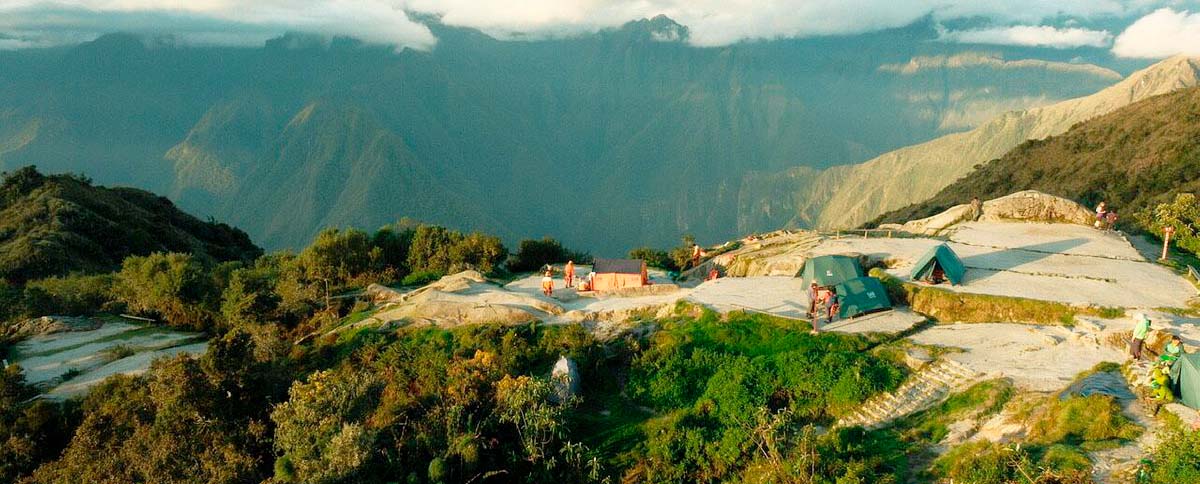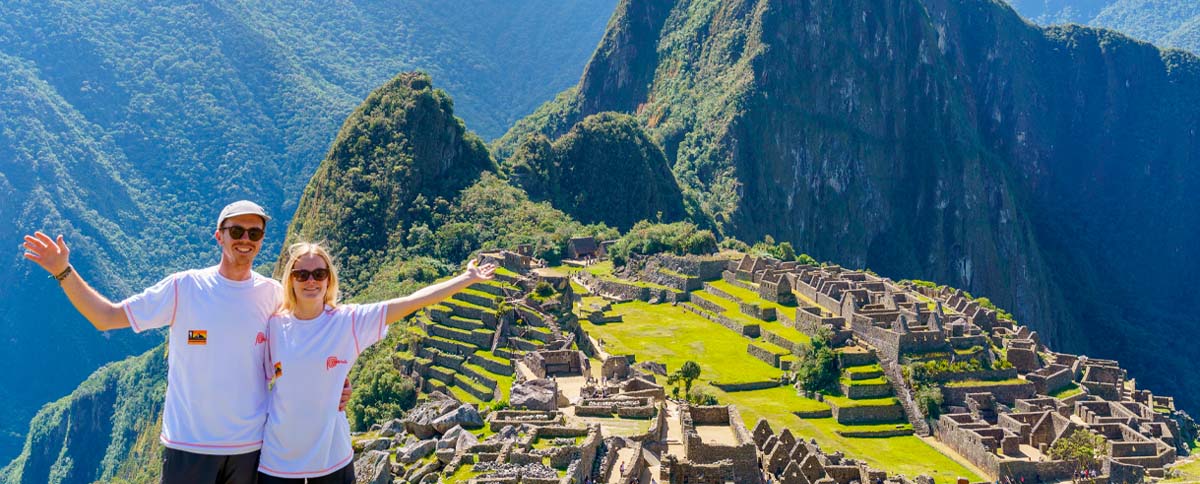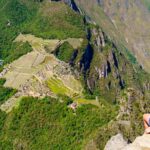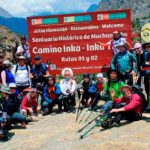When is the Best Time to Trek the Inca Trail?

The best months for trekking the Inca Trail are April through to early October. This is the dry season. Peak months are May, June, July and August.
***In February the trail is closed altogether.
The Inca Trail is the world-famous route leading to Machu Picchu, the incredible remains of the once powerful Inca civilisation.
Why i should hike in May, June, July and August (dry season)?
Because there’s NO RAIN and the weather is the best in comparison to the other seasons (wet season) of the year.
Peak season
Peak season on the Inca Trail is June and July. While trekking numbers for the 4 day Inca Trail are limited to 500 (including mountain crews), the 2 day Inca Trail has no such limits. And the region in general is busier.
So if you’d like to miss the crowds, we recommend going in March, April, September and Ocotber or sometime between October to March.
Macchu Pichu receives its biggest crowds in June and July.
Temperatures don’t vary much by season on the Inca Trail, by the way. Nights are just a little colder in the dry season – they average around 2 to 5℃ (36 to 41℉) versus 5 to 8℃ (41 to 46℉) in the wet season.

Off peak season
Late October to March is the offpeak season for the Inca Trail as these are the rainy months.
The risk with going in the wet season is that the weather can be awful at times. The paths can become difficult or even treacherous after heavy rain. And they sometimes they’re even a wash out after a big rains.
On the plus side, you can enjoy a much less crowded trail in the off peak season and permits can also be obtained closer to the time, as there isn’t such high demand for them.
Trekking the Inca Trail in the wet season is a gamble you could enjoy a quiet trek shrouded in beautiful clouds or, at worst, not be able to trek due to inclement weather.
February is trail maintenance
In February the Inca Trail is closed to trekkers for maintenance. This is especially important after heavy rains, when sections of the path can become partially or even completely ruined.

Book permits well advance
If you’re heading to the Inca Trail during the dry season, be sure to book your permits on the Inca Trail booking site as far in advance as possible. If you’re travelling with a tour operator like Orange Nation Peru, they’ll book your permits for you.
Once you know your travel dates, book your Inca Trail permits as soon as possible to ensure you secure your spots.
As mentioned, only 500 permits are given per day for the 4 day Inca Trail trek. Before the pandemic, peak season permits could sell out in a matter of days. At present, permits are easier to obtain. But things can naturally change year on year.
Permits aren’t flexible
Note that once you have your permits, you need to show up for those exact dates or you’ll lose your spot.
This means it’s important to arrive in Cusco (the gateway to the Inca Trail) a day or two before your trek. We say this so that there’s wiggle room for a delayed inbound flight or other transport issue.
Ideally, you should arrive in Cusco two or three days before the start of your trek to give yourself time to acclimatise to the high altitude. At a heady 3,399 m (11,152 ft) above sea level, Cusco presents a challenge to most travellers.
You can expect to feel a bit off after a few hours or a day in Cusco, your body is just adjusting to the high altitude.
The mediaeval city of Cusco is a great place to explore for a couple of days
It’s important to let your body adjust to the high elevation of Cusco before demanding it tackle a strenuous trek. Moreover, this acclimatisation sets you up for the challenge of ascending the mountain pass of Warmi Wañusqa, which is 4,200 m (13,779 ft) above sea level.
So yes, once you’ve adjusted well to the high altitude of Cusco, you’ll be able to safely and happily embark on the wonderful and challenging adventure that is the Inca Trail!
Reason of why you should Hike the Inca Trail in Winter (May-August)
- From June to August is the dry season of Peru and and specially in Cusco (Andes Mountains).
- Winter is one of the best times to hike Inca Trail to Machu Picchu, because the weather is almost perfect.
- At this time of year you will have blue skies and almost no rain, there will also be no fog blocking your view of along the Inca Trail and and Machu Picchu Inca city.
- During the winter months, days are warm, nights are cool and rain is scarce.
- June, July and August are considered the best months to visit Machu Picchu and Hike Inca Trail, but with good weather large crowds arrive.
- Remember that the Inca Trail is restricted to 500 permits per day (150 hikers & 350 hiking team), however, Machu Picchu allows 4000.
- Machu Picchu is in the jungle zone of Cusco. The temperature is cooler, but in Cusco where the altitude is higher the weather is colder.
- If you want to hike the Inca Trail during the winter season. You have to book many months in advance, as permits are sold out (sometimes a year in advance).
- Especially for the months of June, July and August, for the remaining months you can book 4 to more months in advance.
Why?
Because it is the The Best Time To Hike Inca Trail To Machu Picchu and many people want to hike and tickets are always sold out for these dates.

